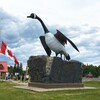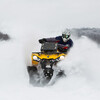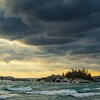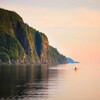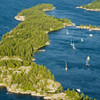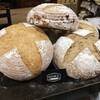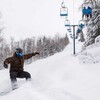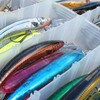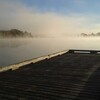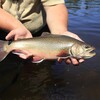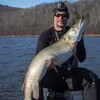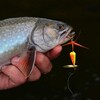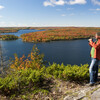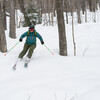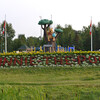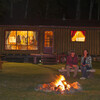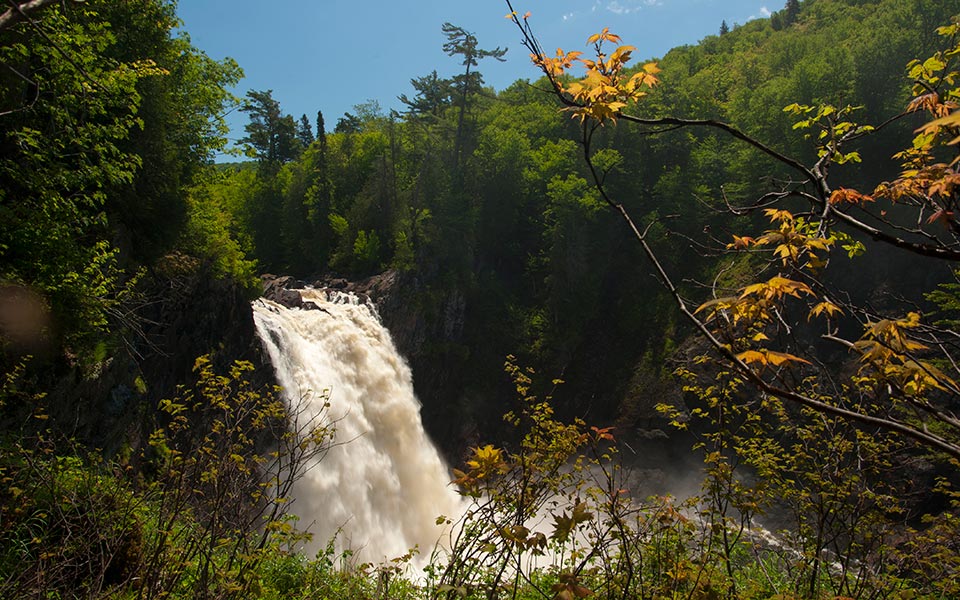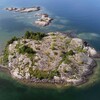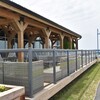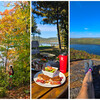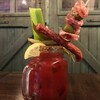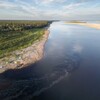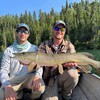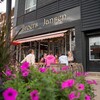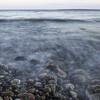
St. Joseph Island Fauna
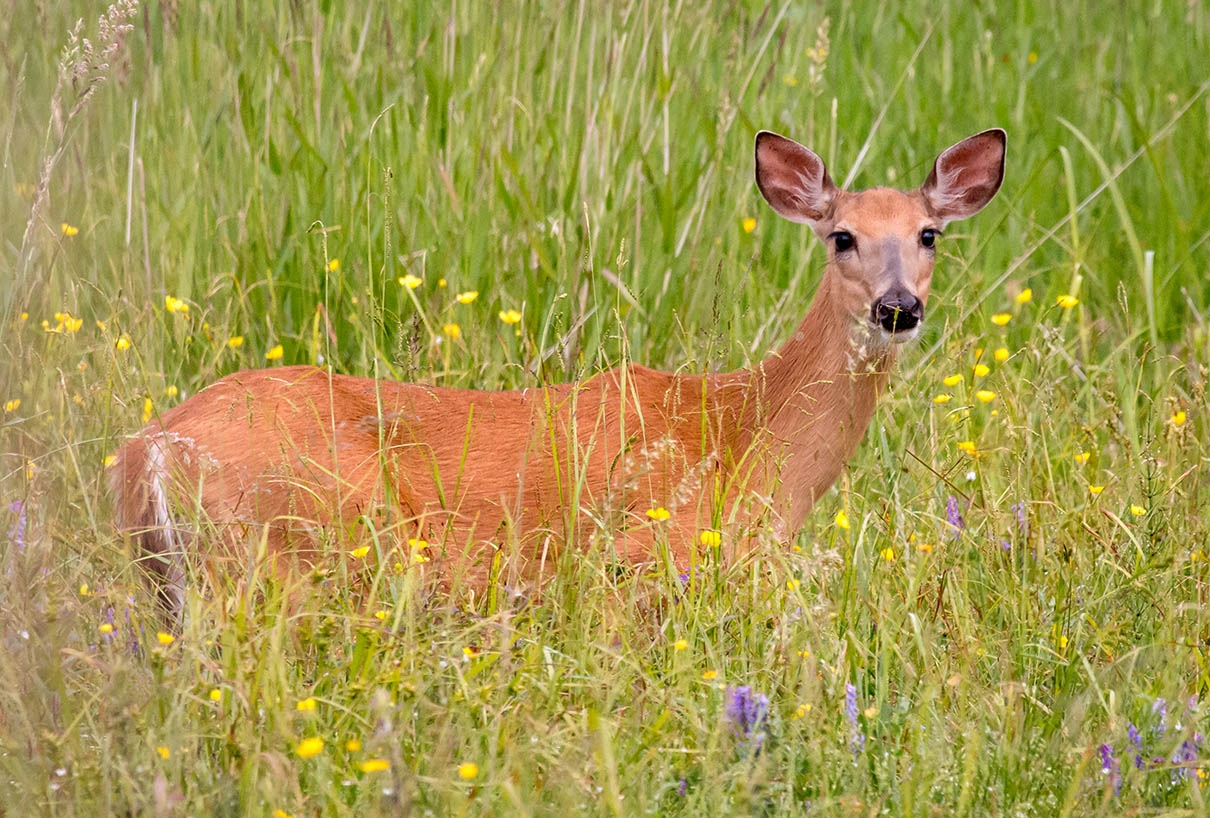
St. Joseph Island is located on the North part of Lake Huron and boasts a rich history.
St. Joseph Island is teaming with wildlife, birds, reptiles and amphibians that inhabit the island along the coast or inland in smaller lakes and ponds. Driving along Highway 548, you can see a multitude of deer along the road. The deer love to eat along the side of the highway early in the morning or later at night when it is cooler and to get away from the flies. The Island is a popular spot to hunt deer in the fall. The St. Joseph Hunters and Anglers' (SJIHA) mission is to promote fish and wildlife conservation through education programs and activities related to conservation issues.
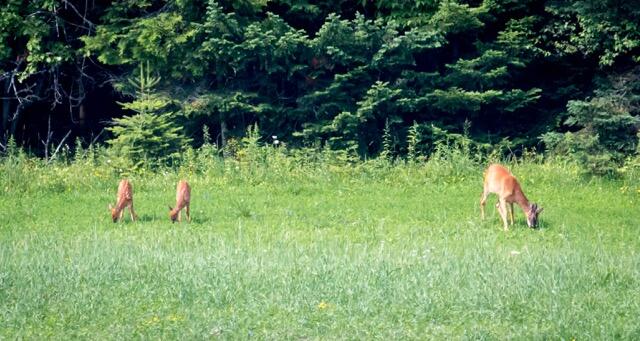
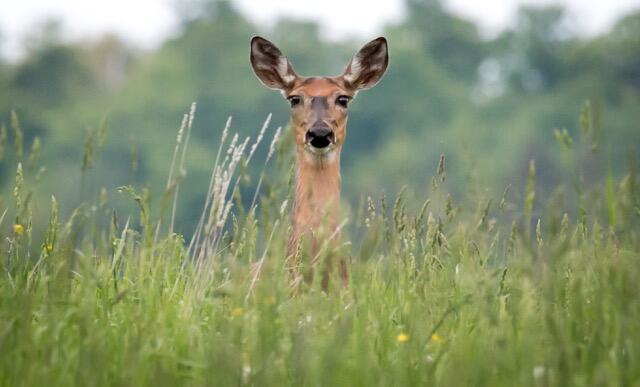
Fishing is also popular on St. Joseph Island. People of all ages and seasons fish on St. Joseph Island. Fish Derbies run in the winter. The Ernie Eddy Memorial Fish Derby is a must for young children on Twin Lakes.
If bird watching is for you, you will not be disappointed on the Island. Loons, eagles, owls, songbirds, osprey, caspian terns, blue jays, turkey vultures and many species of ducks inhabit both the coastal waters and inland lakes. The Wallwork Nature Reserve is Ontario Nature's most northern nature reserve is part of the Jocko Bay Provincially Significant Wetland. The St. Joseph Island Migratory Bird Sanctuary is located on the southern tip of the Island. Another wonderful spot to bird watch and to take photos is the Fort St. Joseph National Historic Site. Here you can see over 100 species of birds from waterfowl to raptors! Nothing beats the sound of the loons calling late at night or early in the morning. Watch out for the wild turkeys crossing the roads.
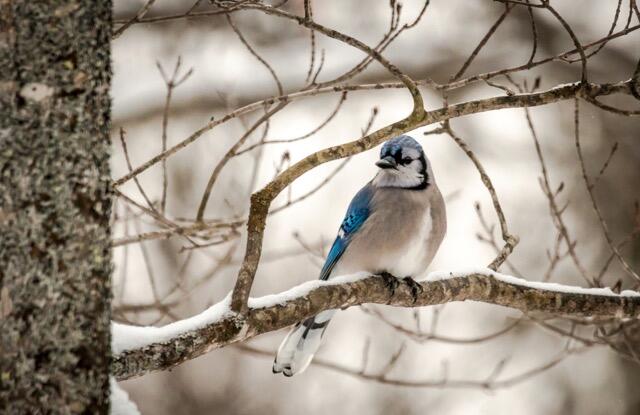
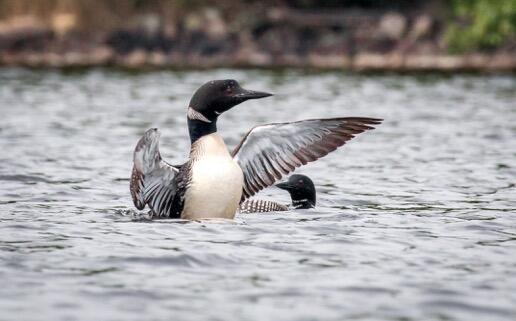
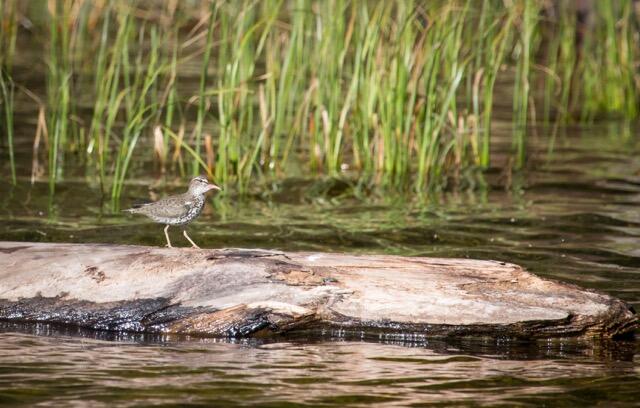
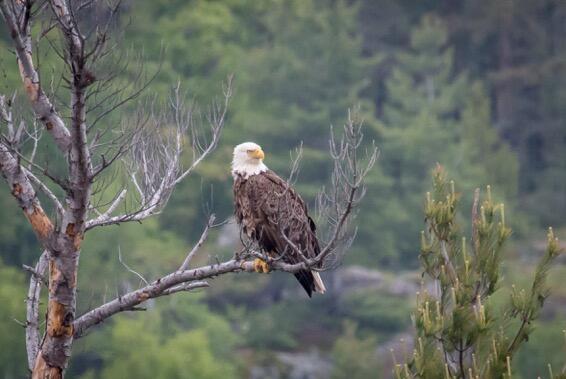
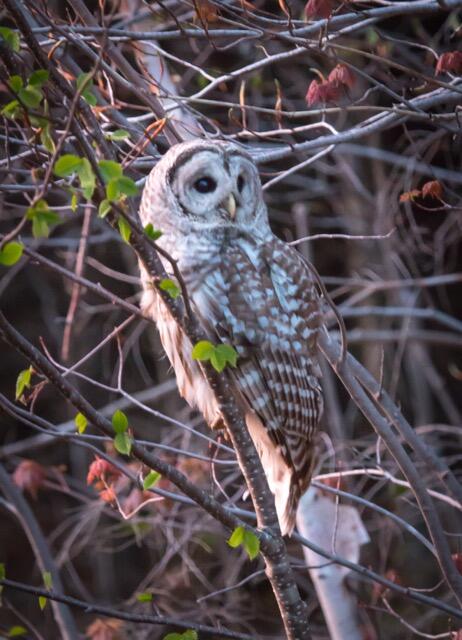
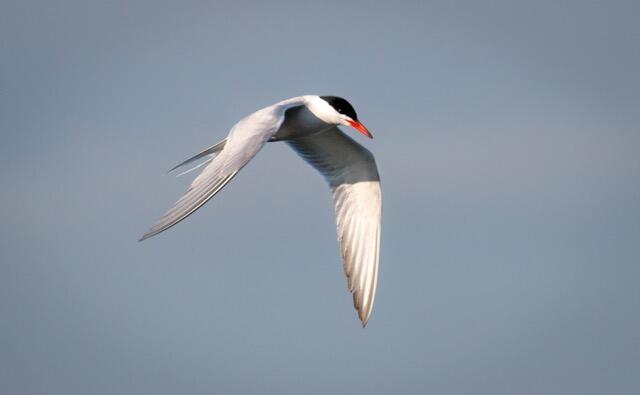
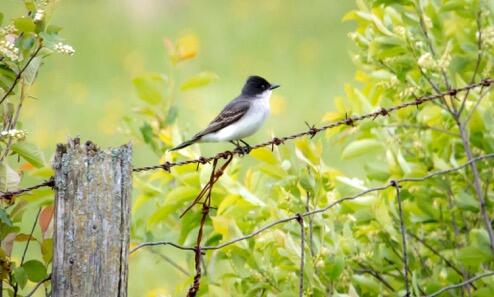
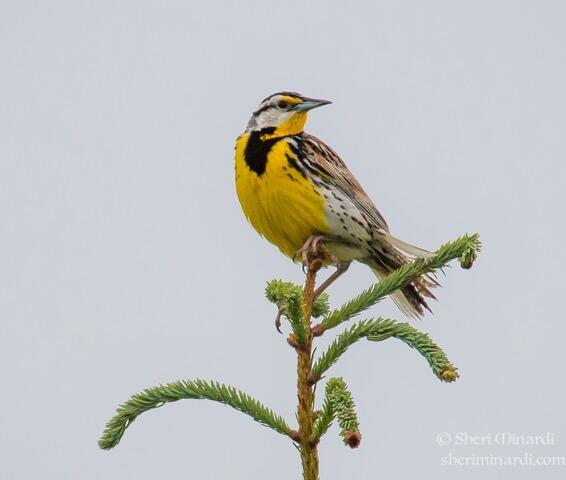
Reptiles and amphibians are in abundance. The bullfrogs can be heard along the shorelines at night, or can even be heard as you pass ponds and swamps while driving. Be careful not to run over the turtles as they cross the road. Big snappers can be seen crossing the road, or painted turtles sunning themselves on logs, or peeking at you from within the water.
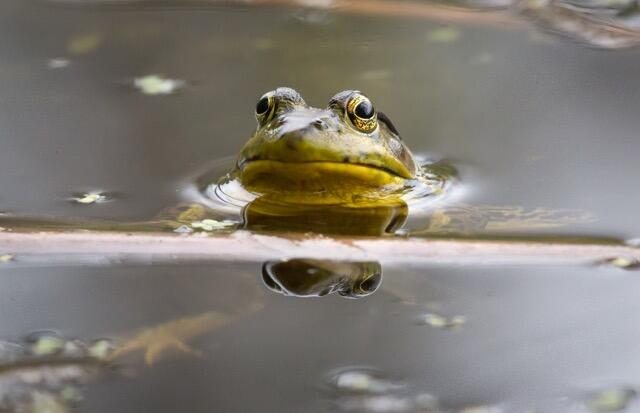
Dragonflies and butterflies are beautiful to watch all summer long. Milkweed aligns the roads which the monarch butterflies eat. The dragonflies flit here and there, eating the mosquitoes, which is a welcome sight!
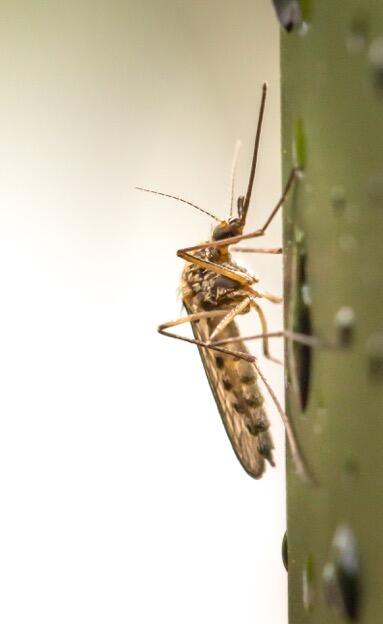
Bears inhabit the Island but are not much of a bother. There are many dumps for them to visit and an abundance of berries to eat. Occasionally, you will see them at the dump, crossing the roads or just sunning themselves in a grassy field.
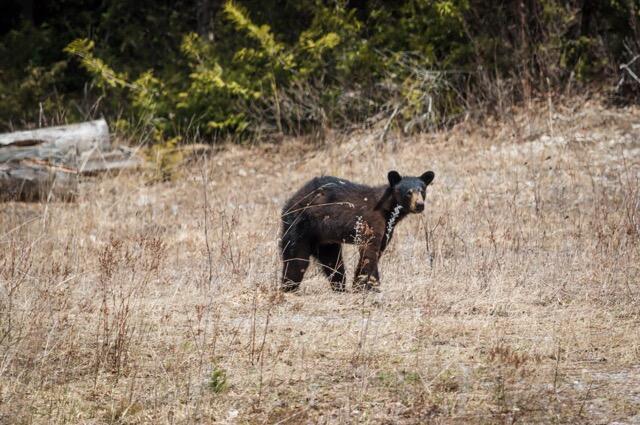
Beavers are in abundance once again on the Island. They can be seen on the smaller lakes and ponds in the early morning or later evening out swimming, eating seaweed and pulling branches towards their lodges. There is even a campground named after them on Twin Lakes: Busy Beaver Campground. They are sure busy beavers and exciting to watch and photograph!
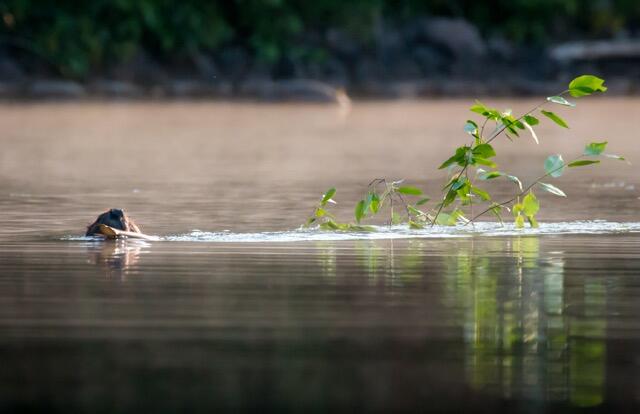
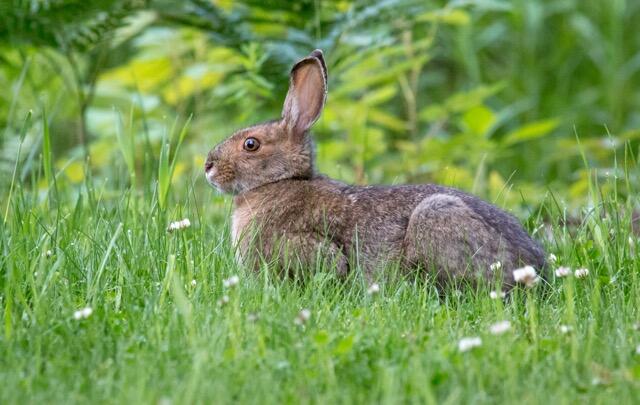
Moose have been spotted on the Island, but it is a rare sighting. My husband and the neighbours have spotted a few, but I have not had such luck. The moose, coyotes and wolves are a rare sighting. The wolves, though, can be heard most nights howling in the distance. Red foxes, rabbits, sandhill cranes, blue herons, and raccoons are often spotted on the Island.
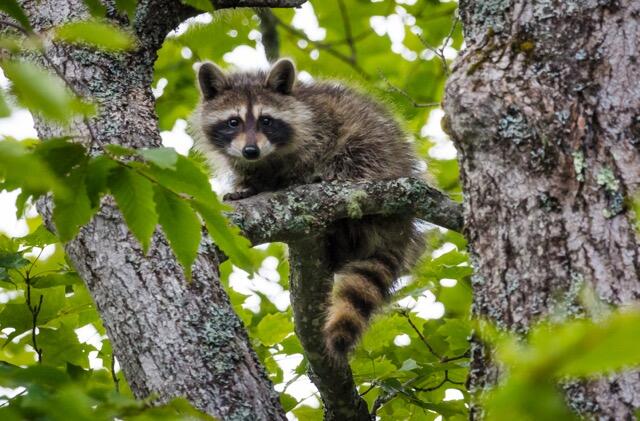
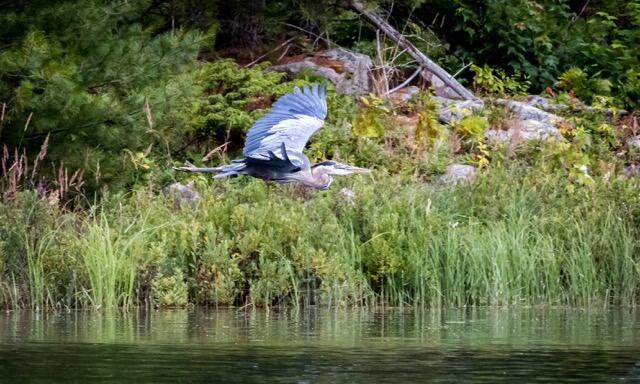
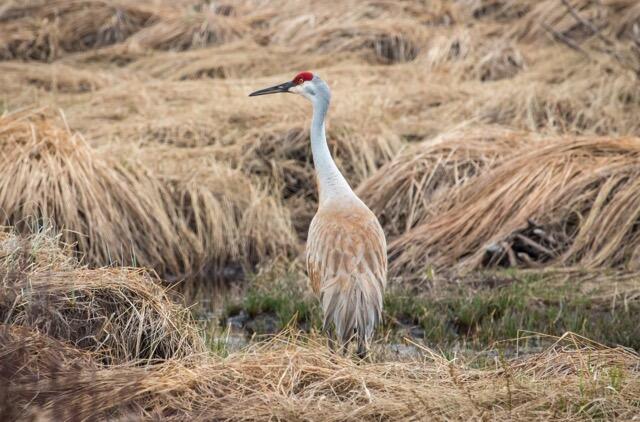
I have been to many places to look for animals to photograph, but St. Joseph Island is by far the best place to be close to nature and never be "skunked". It is rich in history, but even more so, it is rich with wildlife. For the love of the animals, visit St. Joseph Island. You won't be disappointed.
Recommended Articles
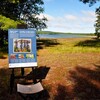
The Group of Seven in Algoma
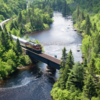
9 Facts to Know about the Agawa Canyon Tour Train
